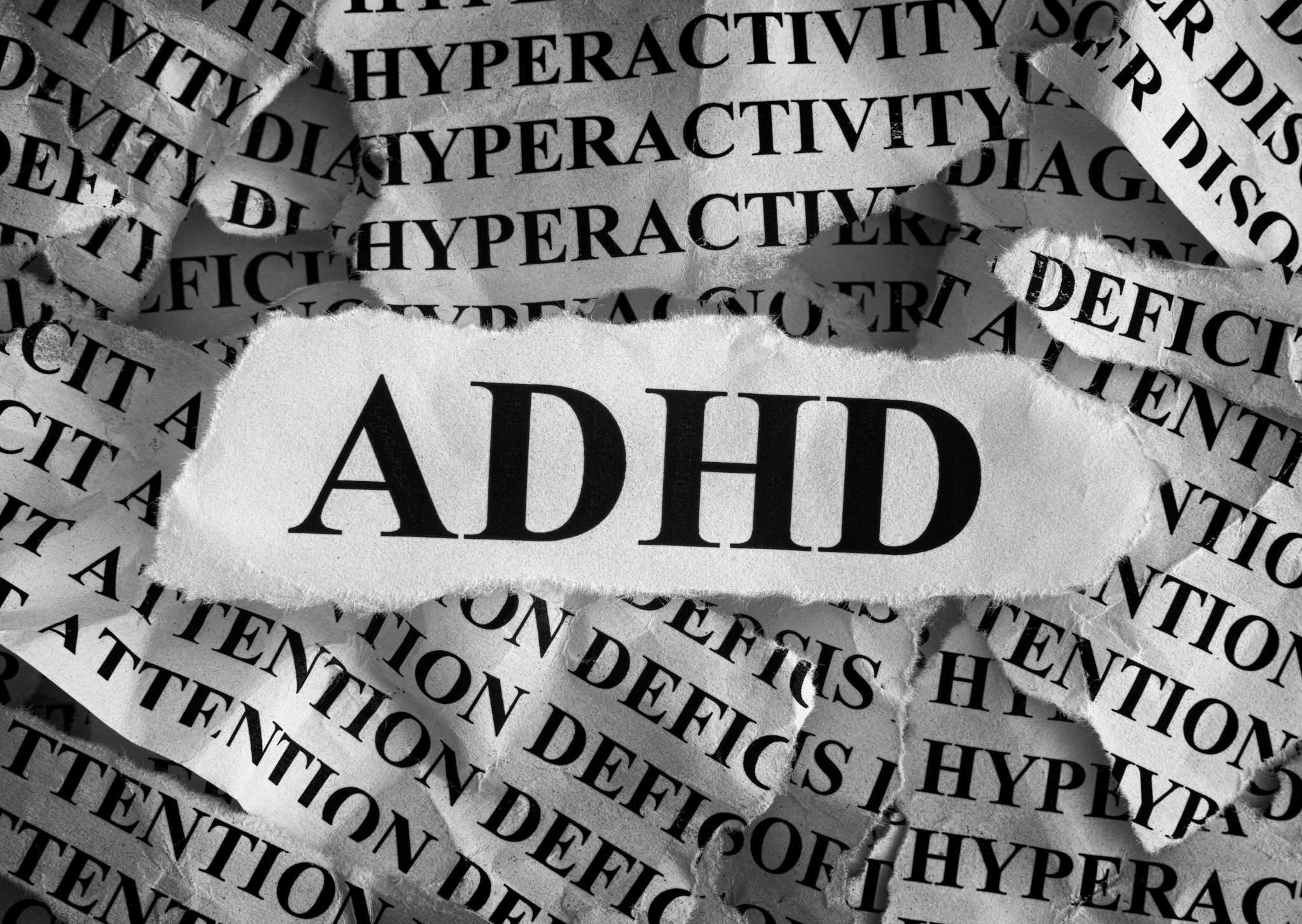How Long Does It Take to Diagnose ADHD?
25th Mar 2025
Attention Deficit Hyperactivity Disorder (ADHD) is a complex developmental disorder that affects both children and adults. Understanding the timeline and process for an ADHD diagnosis is crucial for those seeking help. This article delves into the key aspects of diagnosing ADHD, including symptoms, diagnostic criteria, and the role of mental health professionals.
Attention Deficit Hyperactivity Disorder
Attention Deficit Hyperactivity Disorder (ADHD) is a neurodevelopmental disorder marked by ongoing patterns of inattention, hyperactivity, and impulsivity that impact daily functioning. While often diagnosed in childhood, adults with ADHD cases are increasingly recognized, showing that symptoms can continue into adulthood and may affect brain development.
For adults ADHD can interfere with careers, relationships, and overall life satisfaction, as they may face difficulties with time management, organization, and sustaining focus on tasks. These challenges can affect productivity and create additional stress, leading many adults ADHD to seek effective management strategies.
To treat ADHD, there are various options, including behavioral therapy, medication, and lifestyle changes. These treatments aim to reduce symptoms, enhance focus, and improve the ability to manage tasks and responsibilities. For adults with ADHD, finding the right treatment plan can make a significant difference in quality of life, supporting better job performance, personal relationships, and overall mental well-being.
The American Psychiatric Association recognizes ADHD as a distinct mental health condition in the Diagnostic and Statistical Manual of Mental Disorders (DSM), which helps healthcare professionals accurately diagnose and treat ADHD. This standardized framework differentiates ADHD from other conditions such as anxiety disorder, mood, and personality disorder. Accurate diagnosis is a critical step for adults ADHD, ensuring they receive tailored treatment that effectively targets their symptoms and promotes long-term success in both personal and professional aspects of life.

ADHD Symptoms
Recognizing ADHD symptoms is the first step toward obtaining an accurate diagnosis. Symptoms are generally divided into two categories: inattentive symptoms and hyperactive-impulsive symptoms.
Inattentive symptoms may include:
-
Difficulty sustaining attention in tasks or play activities
-
Makes careless mistakes in schoolwork or work
-
Difficulty organizing tasks and activities
-
Avoiding tasks that require sustained mental effort
-
Being easily distracted by external stimuli
-
Forgetfulness in daily activities
Hyperactive-impulsive symptoms may involve:
-
Fidgeting with hands or feet, squirming in seat
-
Difficulty remaining seated when expected
-
Running or climbing in inappropriate situations
-
Difficulty engaging in leisure activities quietly
-
Talking excessively
-
Blurting out answers before questions are completed
-
Difficulty waiting for one's turn
-
Interrupting or intruding on others
For an ADHD diagnosis, six or more symptoms from either category must be present for at least six months. These symptoms must appear in two or more settings, such as home and school or work, and significantly impair the child's behaviour, social, academic, or occupational functioning. It's essential to note that several symptoms may overlap with other mental health condition, including anxiety disorders and learning disabilities, making a comprehensive evaluation crucial.
ADHD Diagnosis
The process to diagnosing ADHD is comprehensive and involves multiple steps to ensure accuracy. A primary care provider or a mental health professional conducts a detailed assessment, which includes:
-
Detailed History: Gathering a thorough medical and psychological history of the individual.
-
Information from Others: Collecting input from family members, teachers, or colleagues to understand how symptoms affect various aspects of the individual's life.
-
Behavioral Assessments: Utilizing standardized rating scales and questionnaires.
-
Medical Evaluation: Ruling out other medical conditions that could explain the symptoms.
The mental health professional must differentiate ADHD symptoms from other mental health condition such as dissociative disorder, psychotic disorder, or autism spectrum disorder. Co-occurring conditions like sleep disorders or mood disorders may also need to be considered.
Meeting the diagnostic criteria outlined in the Diagnostic and Statistical Manual is crucial for an accurate diagnosis. This ensures that the diagnosis of ADHD is not mistaken for other conditions and that appropriate treatment options can be implemented.
Diagnostic and Statistical Manual
The Diagnostic and Statistical Manual of Mental Disorders is an essential tool used by mental health professionals to diagnose ADHD and other mental health condition. Published by the American Psychiatric Association, the DSM provides standardized diagnostic criteria, ensuring consistency across diagnoses.
For ADHD, the DSM outlines specific criteria related to symptom patterns, duration, and impact on functioning. It emphasizes that symptoms must not be better explained by another mental disorder and must significantly impair functioning. The manual helps differentiate ADHD from other conditions, ensuring that individuals receive the correct diagnosis and subsequent treatment.
How Long Does It Take to Diagnose ADHD?
The time it takes to diagnose ADHD varies depending on several factors, including the availability of qualified professionals, the complexity of symptoms, and the thoroughness of the evaluation process. Generally, the diagnostic process can take from a few weeks to several months.
Factors influencing the timeline include:
-
Scheduling Evaluations: Initial appointments may take time due to waitlists.
-
Comprehensive Evaluation: Gathering information from multiple sources requires coordination.
-
Ruling Out Other Conditions: Additional testing may be needed to exclude other medical conditions or environmental factors.
-
Observation Period: Professionals may observe behavior over time to assess how symptoms present in different settings.
An accurate diagnosis cannot be rushed. It's essential to ensure that the diagnosis of ADHD is based on a detailed assessment that meets the diagnostic criteria. This thorough approach helps in developing effective treatment options, which may include prescribing medications, psychological treatments, and positive parenting strategies to manage symptoms.
Key Takeaway
Diagnosing ADHD is a meticulous process that requires time, patience, and the expertise of mental health professionals who have undergone extensive training, often in medical school. While the timeline can vary, the goal is to achieve an accurate diagnosis that enables individuals to access appropriate treatment options. These may include prescribed medications, psychological treatments, and support groups to help manage symptoms.
Understanding the process and being proactive in seeking help can make a significant difference in managing ADHD and improving one's quality of life. By collaborating with professionals and developing strategies tailored to individual needs, those affected by ADHD can navigate their day-to-day life more effectively, fostering better relationships and achieving personal goals.



